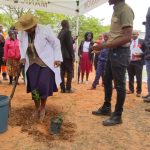5 Years On. Growing Green: Cultivating a Sustainable Future For Macheke’s Children
In 2019, we set out on a mission to cultivate a sustainable future for the children of Macheke Primary School by initiating a tree planting project. Collaborating with the Macheke Sustainability Project, we embarked on this endeavour with the aim of instilling a sense of environmental stewardship and fostering a green ethos within the community.
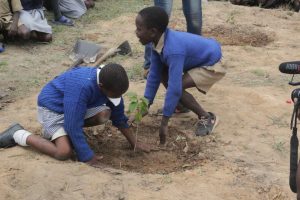
At the outset, the saplings we planted were mere 20cm in height, symbolizing the humble beginnings of our endeavor. However, through the collective efforts of the dedicated staff and enthusiastic children, these saplings have since flourished into majestic trees, serving as a tangible testament to the power of tender loving care and nurturing.
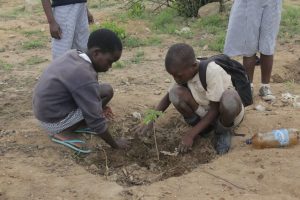
Central to our project was the establishment of an indigenous tree woodlot, serving as a beacon of hope amidst the backdrop of rampant deforestation driven by the demands of the tobacco industry. By prioritizing indigenous species, we aimed to not only preserve the biodiversity of the region but also to reclaim and restore the natural habitat that had been gradually eroded.
Throughout the journey, we gleaned invaluable environmental lessons that have deeply resonated with both the participants and the wider community. Among the most profound insights gained are:
1. The Importance of Community Engagement: Our project underscored the significance of fostering a sense of collective responsibility towards environmental conservation. By actively involving the staff, students, and local residents in every step of the process, we were able to cultivate a shared sense of ownership and pride in the project’s outcomes.
2. The Resilience of Nature: Witnessing the transformation of tiny saplings into towering trees served as a powerful reminder of nature’s remarkable resilience. Despite the myriad challenges posed by climate change and human activities, the capacity of the natural world to rebound and regenerate is awe-inspiring.
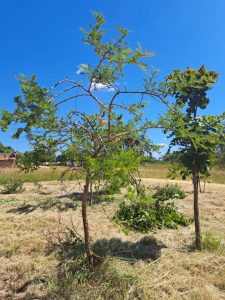
3. The Need for Sustainable Practices: Our initiative highlighted the urgent need to transition towards more sustainable practices, particularly in industries such as agriculture and forestry. By opting for indigenous tree species over exotic varieties, we aimed to promote biodiversity conservation while mitigating the ecological impacts associated with monoculture farming.
4. The Role of Education in Driving Change: Perhaps most importantly, our project underscored the pivotal role of education in fostering environmental consciousness and driving positive change. By incorporating environmental themes into the school curriculum and organizing hands-on learning activities, we sought to empower the next generation with the knowledge and skills necessary to become custodians of the environment.
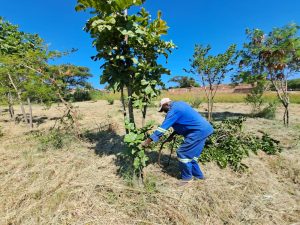
As the trees continue to thrive and the community reaps the benefits of our collective efforts, our project stands as a shining example of what can be achieved through collaboration, perseverance, and a steadfast commitment to securing a greener, more sustainable future for generations to come. Through initiatives like ours, we can cultivate a deeper appreciation for the natural world and inspire meaningful action towards safeguarding it for the children of Macheke and beyond.




